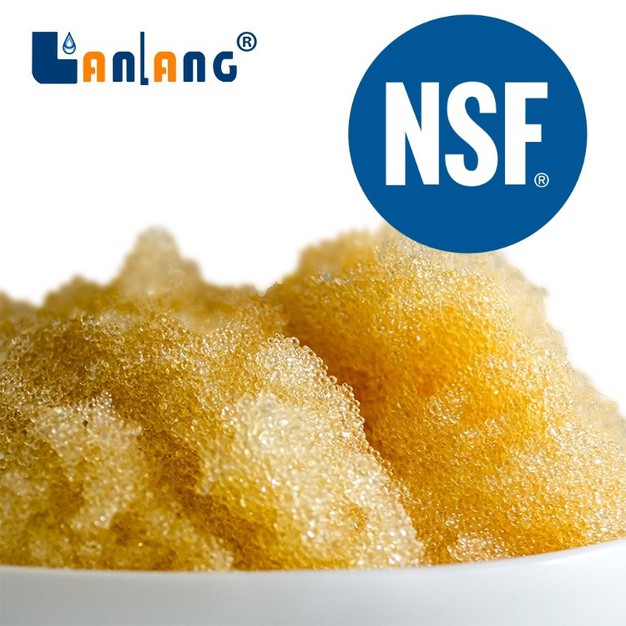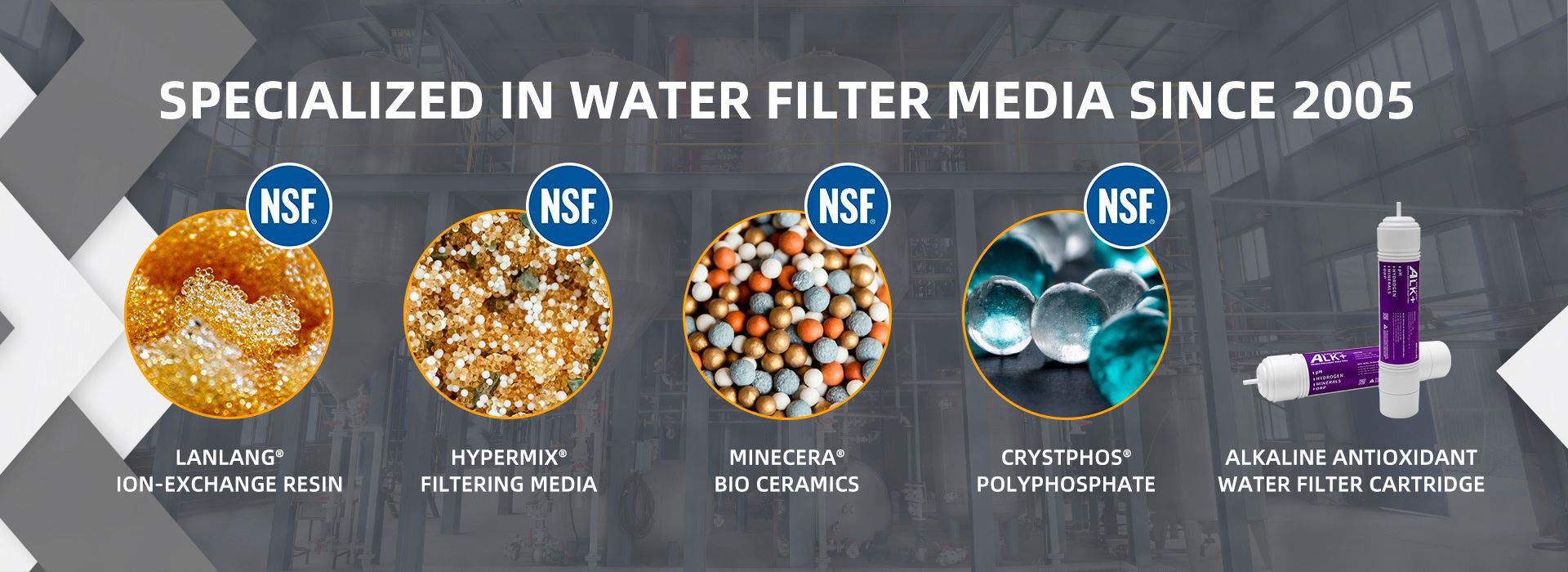
Ion exchange resins are widely used in various applications, such as water treatment, chemical processing, and pharmaceutical manufacturing. However, these resins eventually become exhausted due to the accumulation of the ions they have selectively exchanged. At this point, the ion exchange resin needs to be regenerated to restore its functionality and ensure optimal performance.
Regeneration of ion exchange resins involves removing the accumulated ions and replacing them with a fresh supply of regenerant. The regenerant used depends on the nature of the ions that were exchanged during the resin's use. In general, strong acid and strong base solutions are commonly used as regenerants.
The regeneration process starts by removing the exhausted resin from the vessel. Then, the resin is washed thoroughly to remove any loose debris and prevent any cross-contamination during regeneration. The resin is then placed in a regeneration vessel where it undergoes the regeneration process.
For cation resins, which exchange positively charged ions, a strong acid such as hydrochloric acid or sulfuric acid is used as a regenerant. The acid reacts with the cationic groups on the resin, replacing the unwanted ions with hydrogen ions, which are released into the solution. The regenerated resin is then rinsed several times with water to remove any residual acid before being returned to the ion exchange column.
For anion resins, which exchange negatively charged ions, a strong base such as sodium hydroxide or potassium hydroxide is used as a regenerant. The base reacts with the anionic groups on the resin, replacing the unwanted ions with hydroxide ions, which are released into the solution. The regenerated resin is then rinsed several times with water to remove any residual base before being returned to the ion exchange column.
In addition to strong acid and strong base solutions, other regenerants are available depending on the specific application. For example, chelating agents such as EDTA (ethylene-diamine-tetraacetic acid) are used to regenerate ion exchange resins in applications involving heavy metals.
The regeneration of ion exchange resins is an important process for restoring the resin's functionality and ensuring optimal performance. The regenerant used depends on the nature of the ions that were exchanged, and the regeneration process involves replacing the exhausted ions with a fresh supply of regenerant. With proper regeneration, ion exchange resins can provide efficient and effective performance for years to come.


